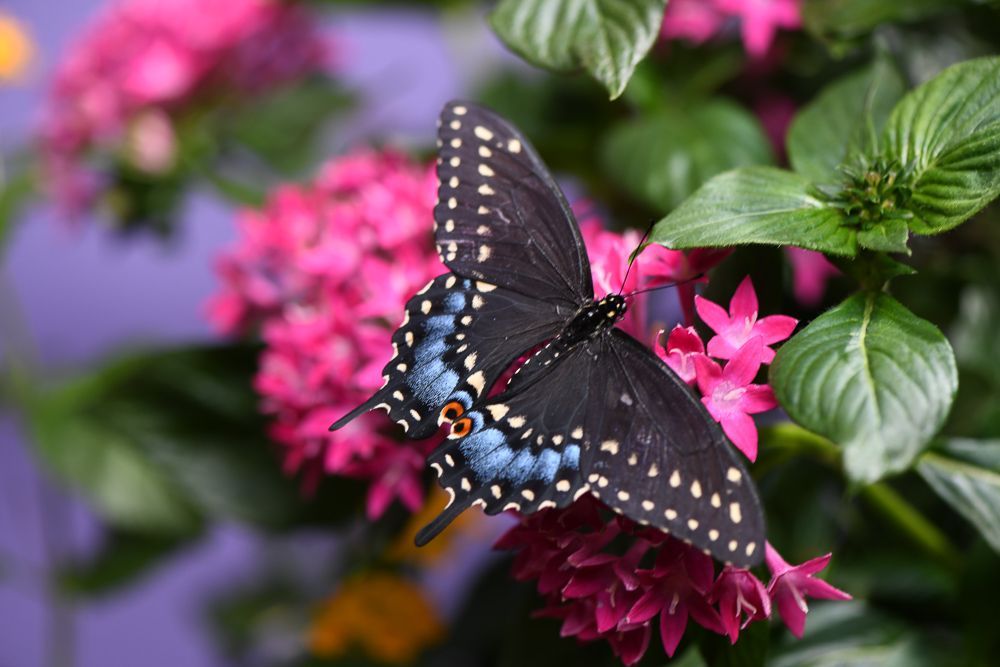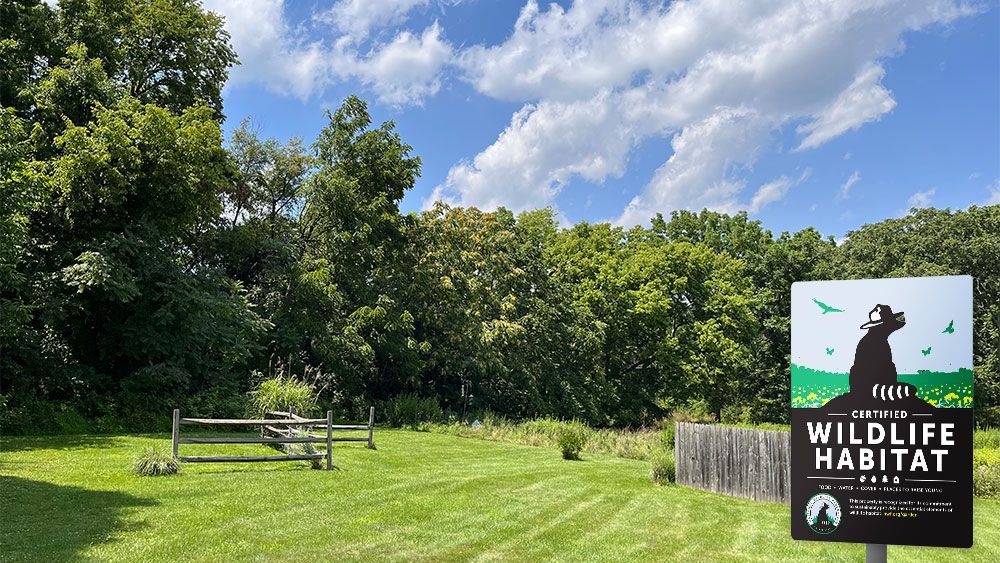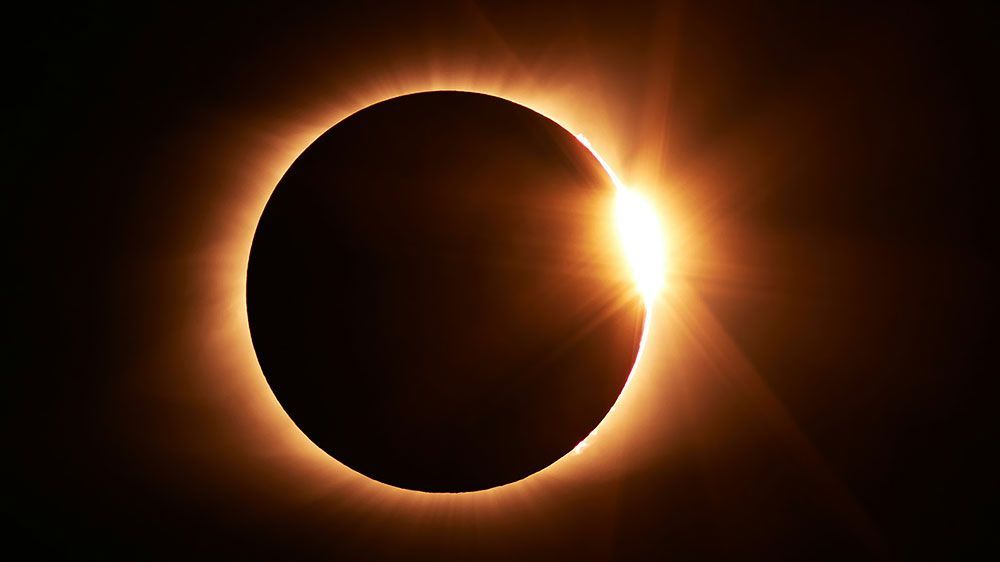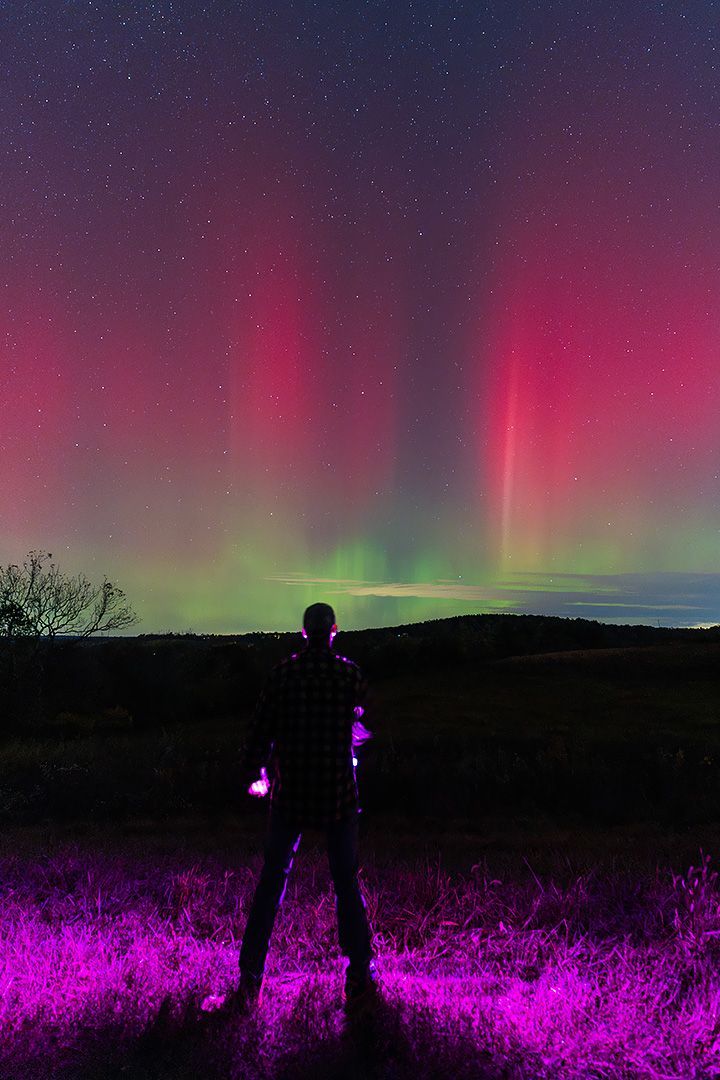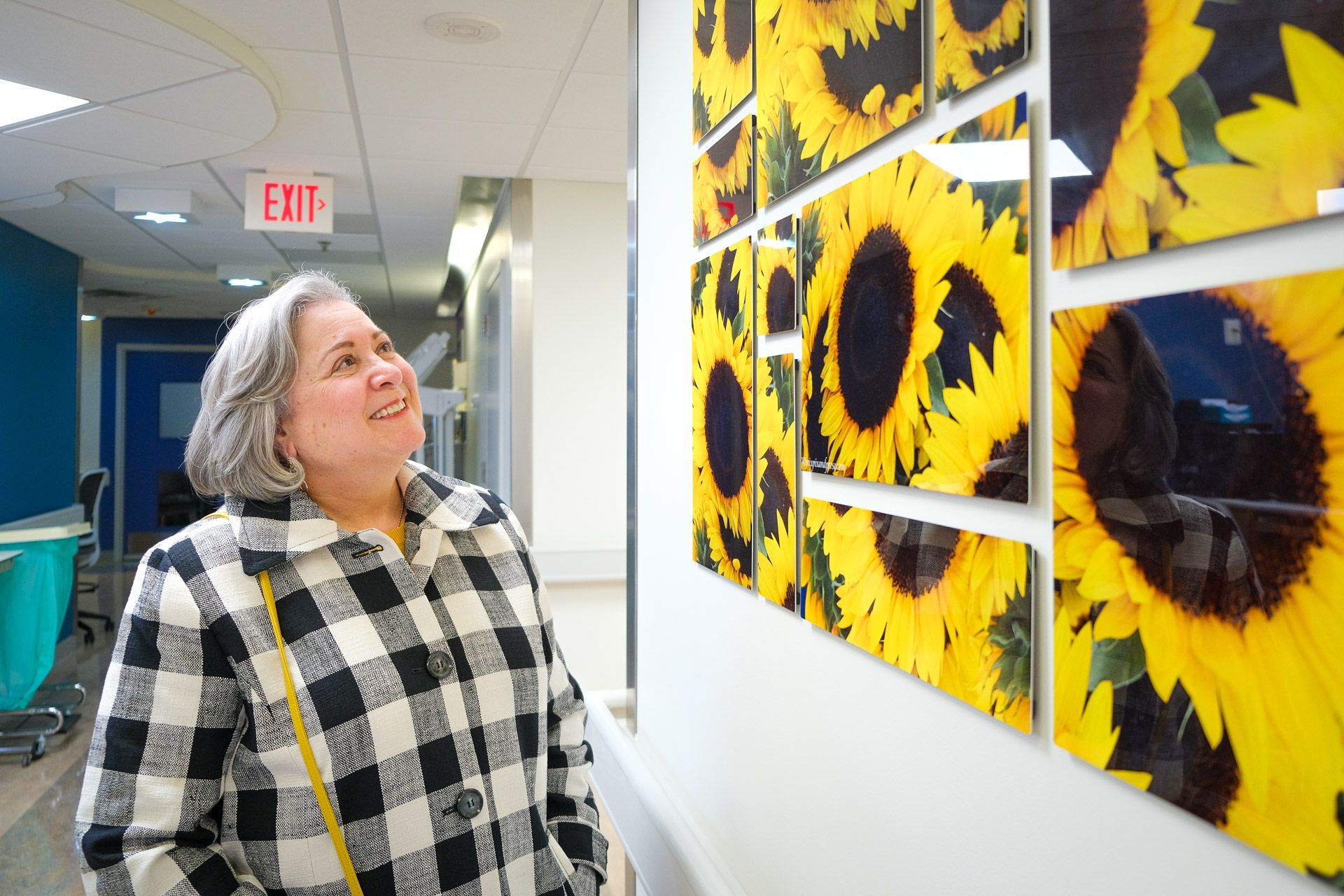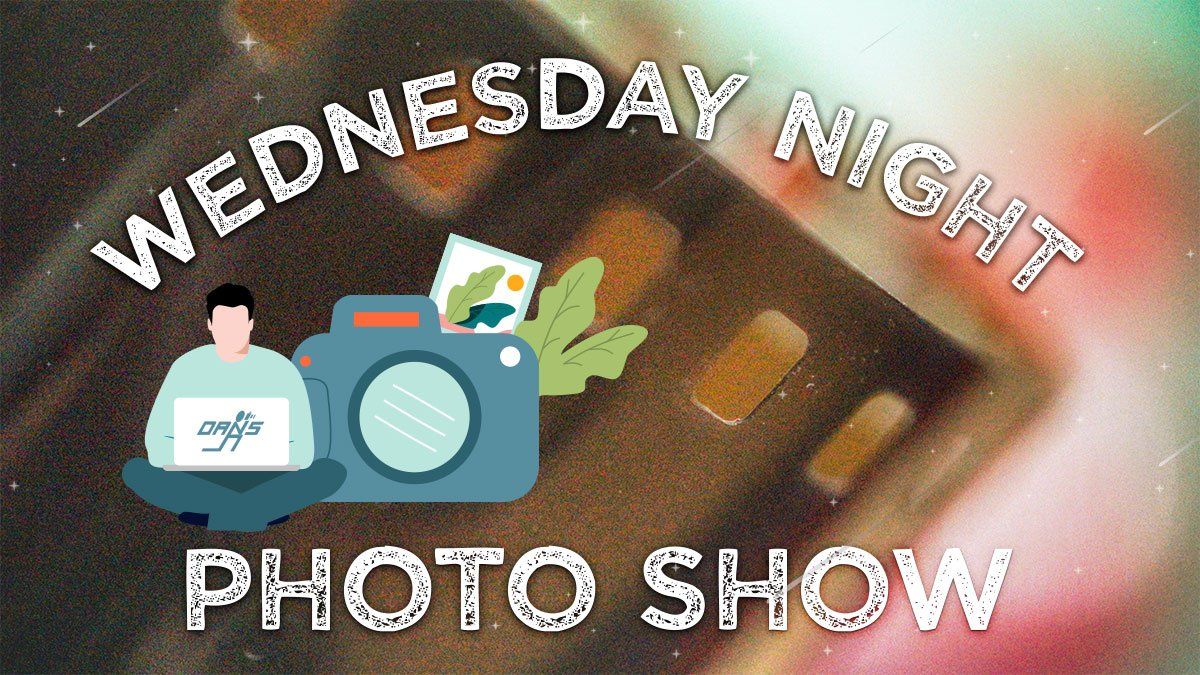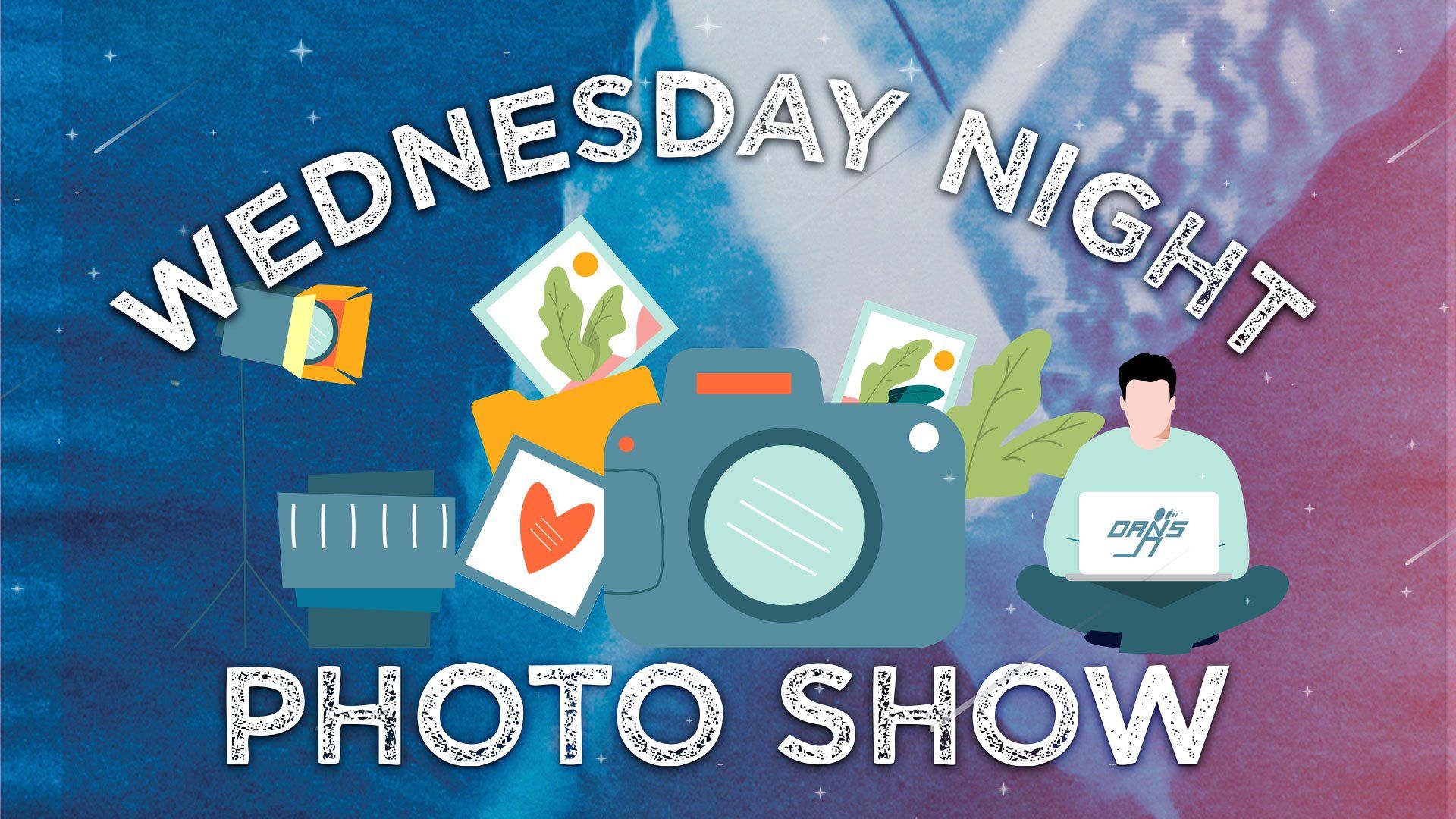Three Looks, One Light
We’re always telling people you don’t need a lot of special equipment to start working with studio lighting. But the proof is in the pudding right? So let’s take a look at how it’s done. These three photos were all taken with the same light, with the same equipment. All we have to do is move that light around, and we wind up with very different looks!
Ok, let’s start with the gear. Here’s what I used:
- My flash, the little one that I usually stick on top of my camera.
- A cord to connect the flash to the camera. You can use radio triggers for this, but a wire works just fine in a pinch.
- The smallest, most inexpensive light stand I could find.
- An umbrella
- An umbrella adapter , to stick the umbrella on the light stand.
That’s it. This is a very small, minimal kit that gets the job done. Let’s take a look at the pictures, and if you want to read more about the gear I’ll talk about that at the end of the article.
Meet Kyle
Kyle is the newest member of the Dan’s team, and was a good sport about taking a little time to help us out with this article. Say “hi” the next time you’re at Dan’s!
Here we’ve got that umbrella a couple feet left of the camera and a bit above Kyle’s head. This is a classic look that’s sometimes called “45/45”, as in 45 degrees off center and 45 degrees above eye level. Nice, simple light with a clean look.
So let’s move that around a little and start to have a little fun.
Here I’ve brought the light around so it’s right in front of Kyle, and right at his eye level. All those shadows that define his face in the first picture have been filled in with broad, even light. This is similar to the “ring light” effect that you see in a lot of fashion photography. Now let's go the other way...
Now I’ve moved the light around the other way, so it’s all the way around to his side. Instead of smoothing things out, we’re heightened the difference between the highlights and shadows. So now we’ve got a bit more of a dramatic, edgy look. Again, this is exactly the same light and settings, all we’re doing is moving it around.
For the advanced students in the room: there's a little bit of fill light on the dark side of Kyle's face here. Where do you think that's coming from? I'll show you the answer at the end of the article!
Ok, I said “three looks”, but let’s go for the bonus round. I grabbed a friend (hi, Audra!) and had her hold the light stand up so the umbrella was directly over Kyle’s head, pointing straight down.
You wouldn’t want to run into this guy in a dark alley, right?
But then if I move the light just a little further out in front of him, I fill in some of those dark shadows a little and suddenly he’s looking much frendlier!
That was just a tiny little change in the placement of the light, and look at what a big difference it makes in the photo!
All of these pictures were taken in one corner of our “living room” here at Dan’s. There’s no studio, no special setup. Just a couple walls and a little bit of space to set up a single light. You can pack this up and use it just about anywhere.
Oh, that fill light I talked about earlier? That's a little bit of light bouncing off the wall on the right side here. You can use that to your advantage. Shoot in a corner like this, and you get a reflector for free!
About the gear
Your flash
You might already have one of these, but you need to make sure it’s going to work for what we’re doing here. The important feature to look for is manual control of the power. You need to be able to dial it from full power down to 1/16 power, manually.
Another feature to look for when you’re choosing a flash: a built-in optical trigger . When you get into using more than one light, then you don’t need a separate trigger for each flash. When one fires, it can set off the other ones too. If you’re getting into off-camera lighting, stick with flashes that have an optical trigger built in. It will save you money and hassle in the long run.
Something to trigger the flash
This part is key to using your flash off-camera. You can use a radio trigger, or you can go low-tech and use a cord that runs from your camera to the flash. In this case, for the sake of keeping things cheap and easy, I used a cord.
Radio triggers are nice because you’re not limited by the length of the wire, and there’s nothing to trip over while you’re walking around.
An umbrella
Umbrellas are a great light modifier when you’re starting out. They’re inexpensive and versatile, and they pack up small and light. They’re not the most durable thing in the world, and eventually you’ll want some other options like a softbox and beauty dish, but to start out just get yourself one flash and one umbrella. I'd start off with something like this , because I like the "convertible" type of umbrella that can be used as either reflective or shoot-through. To me, the added versatility is worth it.
An umbrella adapter, or "swivel adapter"
This is the little doohickey that lets you stick a flash and umbrella on a standard light stand. This one will work just fine.
The smallest, most inexpensive light stand I could find
In this case, I used a Promaster LS-1. It’s a tiny little thing, but we’re not putting anything big or heavy on it. It works great for this kind of setup.
Questions? Thoughts? We're always here to help! Stop by, or get in touch!










